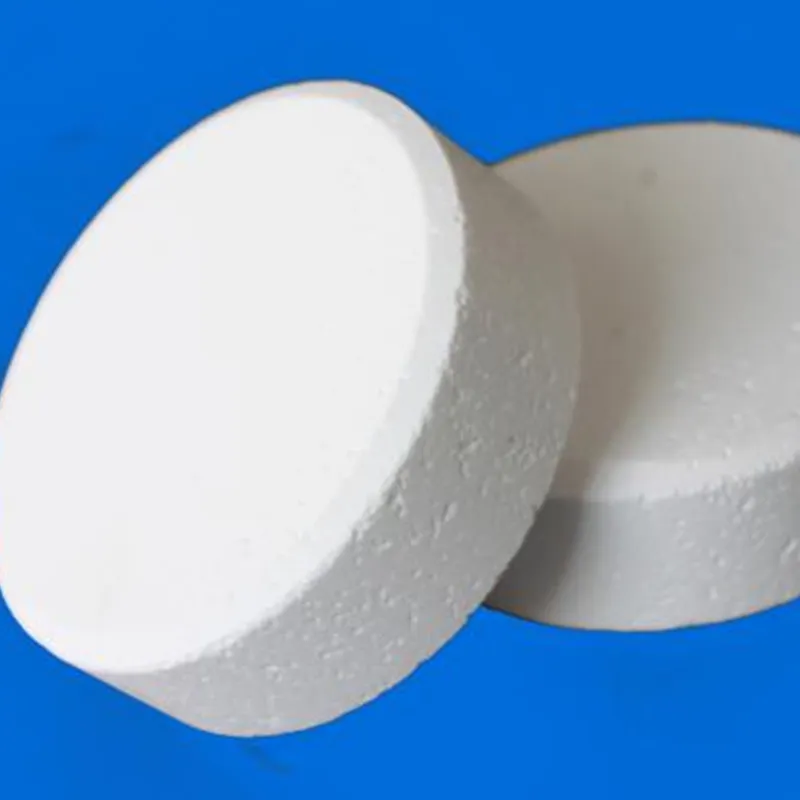
Exploring the Role of Acetic Acid as a Food Preservative in Modern Cuisine
Acetic Acid as a Food Preservative
Acetic acid, commonly known for its role as the primary component of vinegar, has been utilized in food preservation for centuries. Its natural antimicrobial properties and ability to enhance flavor make it a valuable ingredient in various food preservation techniques. This article explores the significance of acetic acid in food preservation, its mechanisms, applications, and safety considerations.
Mechanisms of Action
Acetic acid functions as a food preservative through several mechanisms. Firstly, it lowers the pH of food products, creating an environment that is inhospitable to many pathogenic and spoilage bacteria. Most harmful bacteria thrive in neutral pH levels, typically between 6 and 7. By introducing acetic acid, the pH drops, often falling below 4.6, which significantly inhibits bacterial growth.
Secondly, acetic acid alters the ionic balance and osmotic pressure of the food, further disrupting microbial cell functions. This can lead to the denaturation of essential proteins within bacteria, preventing them from surviving and reproducing. Additionally, acetic acid can act as a buffering agent, helping to stabilize flavors and preserve the quality of food over extended periods.
Applications in Food Preservation
Acetic acid is widely used in various food preservation methods, with pickling being the most notable. The process of pickling involves submerging vegetables, fruits, or even meats in a vinegar solution, effectively preserving their nutritional value, texture, and flavor while extending shelf life. Common pickled products include cucumbers, onions, and cabbage, which are often enjoyed for their tangy taste and crunch.
acetic acid food preservative

Besides pickling, acetic acid is also used in marinades, sauces, and condiments. For instance, the preservation of sauces like ketchup and mustard relies on the inclusion of acetic acid, which provides both flavor and shelf stability. Furthermore, acetic acid is essential in food fermentation processes, such as the production of yogurt and certain cheeses, where it helps regulate the growth of beneficial bacteria.
Safety and Regulatory Aspects
Acetic acid is generally recognized as safe (GRAS) by the U.S. Food and Drug Administration (FDA) when used in appropriate amounts. It is considered a natural preservative and is widely accepted in various culinary applications. However, it is crucial for manufacturers and home preservers alike to adhere to recommended concentrations, as excessive use of acetic acid can lead to undesirable flavors or potential health issues.
For home canning and preservation, the USDA provides guidelines on the safe use of acetic acid to ensure that food products are preserved effectively while minimizing the risk of botulism and other foodborne illnesses. The recommended strength for pickling solutions typically ranges from 5% to 7% acetic acid, ensuring both safety and flavor.
Conclusion
Acetic acid serves as a multifunctional food preservative that not only enhances flavors but also protects food from spoilage and pathogenic bacteria. Its natural properties, ease of use, and effectiveness make it a staple in both home kitchens and commercial food production. As consumers increasingly seek natural and effective food preservation methods, acetic acid continues to hold its place as a valuable asset in the culinary world.
-
Nitrile Rubber Honoring Strict Production StandardsNewsAug.22,2025
-
Aspartame Ingredients Honoring Food Safety ValuesNewsAug.22,2025
-
Fertilizer for Balanced Plant NutritionNewsAug.22,2025
-
Cyanide Gold Processing with High Purity AdditivesNewsAug.22,2025
-
Formic Acid in Textile Dyeing ApplicationsNewsAug.22,2025
-
Aluminum Hydroxide Gel in Skincare ProductsNewsAug.22,2025
-
Regulatory Compliance for Global Mining Chemicals UseNewsAug.12,2025
Hebei Tenger Chemical Technology Co., Ltd. focuses on the chemical industry and is committed to the export service of chemical raw materials.
-

view more DiethanolisopropanolamineIn the ever-growing field of chemical solutions, diethanolisopropanolamine (DEIPA) stands out as a versatile and important compound. Due to its unique chemical structure and properties, DEIPA is of interest to various industries including construction, personal care, and agriculture. -

view more TriisopropanolamineTriisopropanolamine (TIPA) alkanol amine substance, is a kind of alcohol amine compound with amino and alcohol hydroxyl, and because of its molecules contains both amino and hydroxyl. -

view more Tetramethyl Thiuram DisulfideTetramethyl thiuram disulfide, also known as TMTD, is a white to light-yellow powder with a distinct sulfur-like odor. It is soluble in organic solvents such as benzene, acetone, and ethyl acetate, making it highly versatile for use in different formulations. TMTD is known for its excellent vulcanization acceleration properties, which makes it a key ingredient in the production of rubber products. Additionally, it acts as an effective fungicide and bactericide, making it valuable in agricultural applications. Its high purity and stability ensure consistent performance, making it a preferred choice for manufacturers across various industries.





